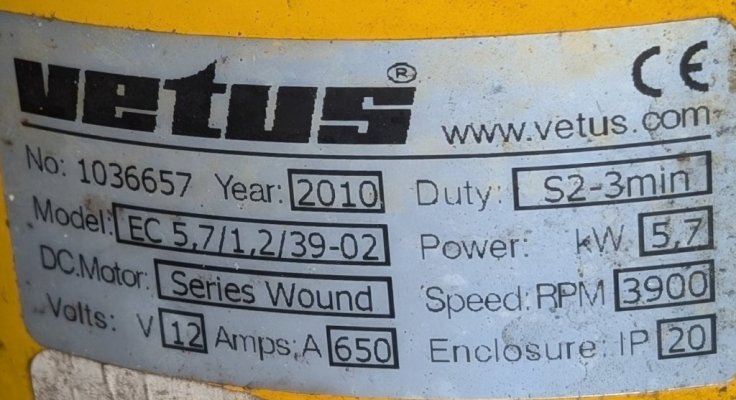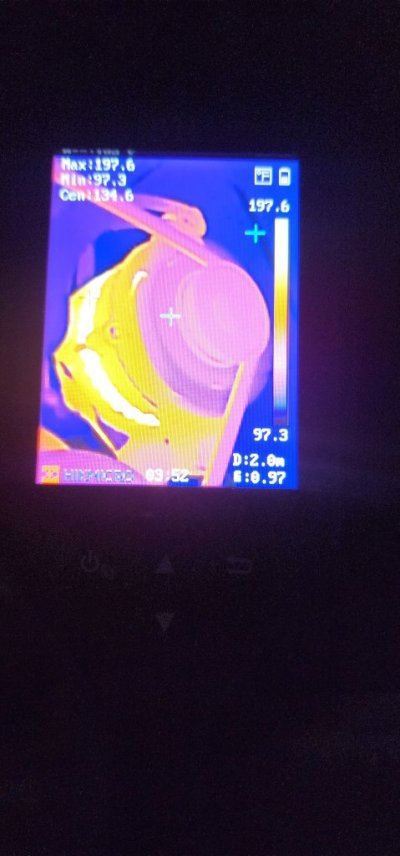dhays
Guru
- Joined
- May 26, 2015
- Messages
- 9,575
- Location
- Gig Harbor, WA
- Vessel Name
- Kinship
- Vessel Make
- 2010 North Pacific 43
Is that thruster rating peak amps or continuous? Large thrusters are tough. It will be fine for my little windlass though.
I have a 500 amp carbon pile load tester along with an inverter. Ill get that carbon pile tester smoking and see how long it can take 500-600 amps.
The only information I was able to see for the Vetus was 650amp. It is a 14 year old thruster. Their current 95kg thrusters much be more efficient as they say that it is 610 amps.


